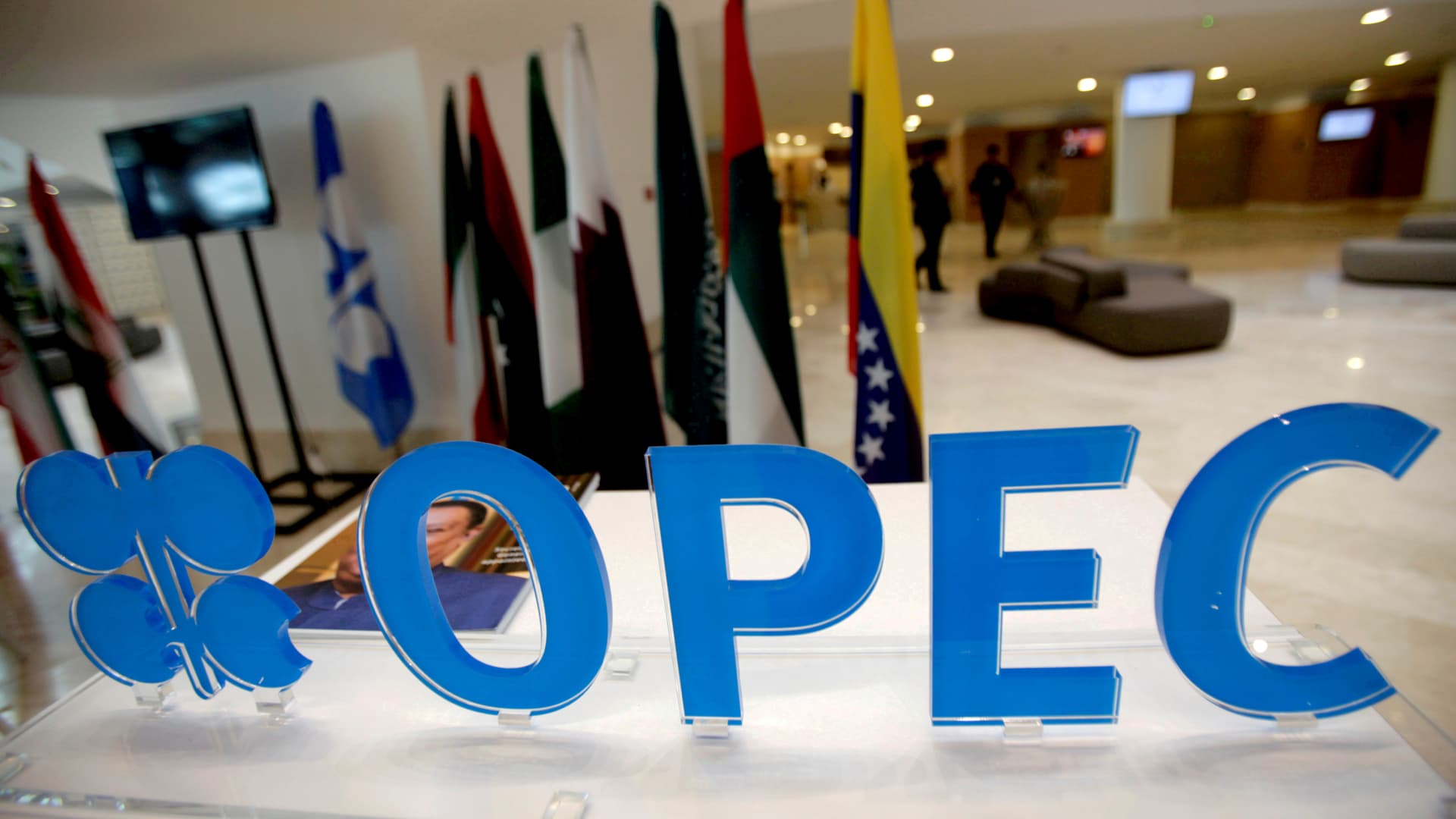Energy
Tuesday, October 4th, 2022 5:18 am EDT

The always unpredictable OPEC did one of the more ‘OPEC-y’ things ever and pivoted on short notice to an in-person meeting. The original gathering was designed to be a continuation of what’s essentially become the ritual since OPEC’s massive Covid related output cut: a virtual meeting to rubber-stamp agreed upon production increases after the Covid-related cuts. It’s been the formula for every meeting, with an occasional virtual press conference thrown in. This week’s meeting was scheduled to be the same, with no word of any press conference. That all changed Saturday morning, when OPEC suddenly changed the plan and announced the meeting would be in-person at their Vienna, Austria headquarters. This big shift is creating big expectations around what may happen, with talk of the biggest output cut since Covid hit. By ‘asking’ the world’s energy journalists to hop on a plane at short notice, it seems clear something is afoot. OPEC likely wants the media there for a reason. It’s not all about oil production levels. There is also the inescapable issue of Russia. As of this writing, the Russian delegation is expected to attend the meeting. The former energy minister, Alexander Novak, is now also Deputy Prime Minster, so this would possibly be the highest ranking Russian government official to visit Europe since Putin began his war. Well placed sources tell me that the White House is not happy with this meeting, or its expected outcome. Let’s highlight the top three things to watch from OPEC in Vienna on Wednesday: A Cut: How Much & For How Long? At this point it is less a question of if , but rather how much OPEC and the OPEC+ coalition (Russia, Mexico and others) will remove from their monthly production quotas. Numerous reports have the cut anywhere between 500,000 and 1.5 million barrels per day. Oil rose Monday on speculation. The Saudis and Russians seem concerned about a number of factors in the months and quarters ahead: slowing global demand, coming sanctions on Russian oil, and the impact of a strong U.S. dollar (and Russian Ruble). The recent drop in oil’s price has frustrated the group, and it’s clear any cut would be intended to firm up prices. Some members of OPEC – particularly Saudi Arabia – also believe that part of the oil futures market is being manipulated, particularly by the 180 million barrel release from the U.S. Strategic Petroleum Reserve and other global oil stockpiles, and have indicated they may want to provide a counterweight to the forced selling. Keep in mind that even if there is an announced production cut of 1 million barrels per day, it does not mean 1 million actual barrels of oil will be removed from the market. Some OPEC nations may still be unable to meet even lowered production goals. A 1m b/d decrease would likely result in about half that actually coming off the market, but some believe even that could push oil back toward $100. Prediction: 1 million barrel per day cut with discussion about revisiting quotas once there is more visibility on the impact of new Russia sanctions and the global economy. Will The U.S. React To A Cut? Any sizeable output cut by OPEC+ will be seen as a direct rebuttal to perceived American pressure on oil prices. The SPR and other nations’ reserve releases have driven oil futures prices down to levels lower than Saudis and Russia want, or need for their respective federal budgets. While U.S. oil reserves are near the lowest in forty years, another potential release from our reserves is not impossible to try to counter an OPEC output cut. There is also the risk of further deterioration in the U.S. and Saudi relationship, with California Democratic Congressman Ro Khanna calling Saudi Arabia a “third-rate power” and suggesting Congress will cut off arms & aircraft parts sales to the nation if they go ahead with a big oil cut. Prediction: A public rebuke of OPEC from the White House and members of Congress, with a new push for the passing of the ‘NOPEC’ legislation that’s been bouncing around the Hill for years. The Russia Factor The expected production cut is reportedly primarily being driven by Russia, more so than the other OPEC+ members. Russian officials, including Deputy Prime Minister Alexander Novak, will reportedly attend the OPEC meeting and press for the big reduction. So consider this rather odd scenario: Russia is reportedly pushing to stabilize or increase the price of oil at the meeting. A meeting which could raise prices on energy in Europe, at a time when much of Europe is already suffering through crippling energy inflation. It may indeed become one of the more unlikely and bizarre scenes in recent global history. Russian attendance may also be a sign that OPEC is likely going to extend its “Declaration of Cooperation,” a deal OPEC made in 2016 with Russia and non-OPEC nations to bind a “one-for-all” approach to production level coordination. If this happens, it ties Russia and OPEC even closer together. Prediction: The two sides (OPEC & Russia) will come to some agreement on cuts. If they don’t, they risk another ugly situation like back in March, 2020 when OPEC wanted a cut and Russia rejected it, sparking a price war that ultimately saw oil turn negative. Read the background from our piece back then here . While reports about possible outcomes are plentiful, we won’t truly know until OPEC makes the call on Wednesday. Whatever may come, it should be meaningful. They dragged the global energy journalism world to Austria on short notice after two and a half years for some reason. We will be reporting live from OPEC in Vienna all day Wednesday on CNBC. This post has been syndicated from a third-party source. View the original article here.



